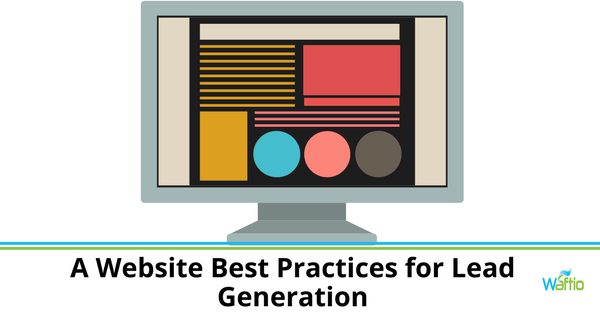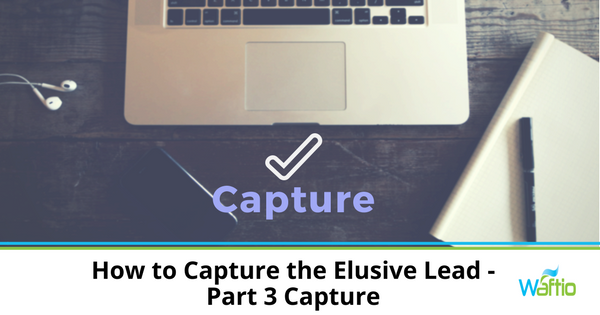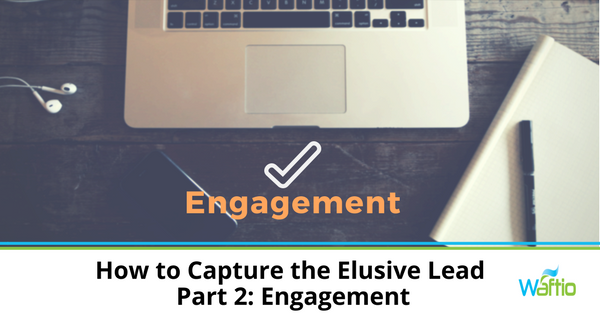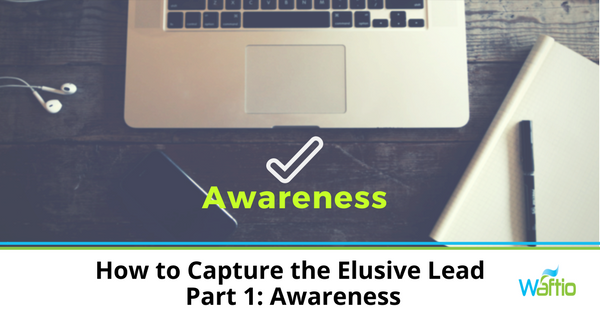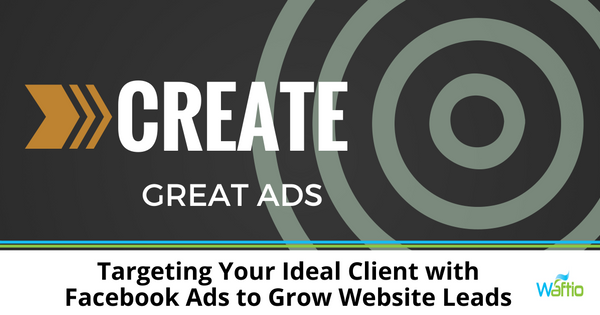 One of the main features of a properly executed Search Engine Optimization (SEO) strategy is that, along with boosting traffic, it generates more leads. SEO needs some time work before you can see results. Generate more leads by improving your website SEO.
One of the main features of a properly executed Search Engine Optimization (SEO) strategy is that, along with boosting traffic, it generates more leads. SEO needs some time work before you can see results. Generate more leads by improving your website SEO.
How SEO Helps Generate Leads
SEO isn’t obvious. Site visitors won’t notice its presence. Search engines like Google, Yahoo, and Bing, will notice and will rank your site according to how it’s optimized for the search engines. SEO increases your site visibility and improves the user experience by boosting site quality, speed, and ease of navigation.
Because SEO helps your page rise in the ranks, it is a great tool for getting leads. Two of the ways search engines generate leads are:
- Organic Search – Results that appear in the search engine because the topic/keyword phrase emphasized on the web page has been searched for.
- Paid Advertising – Paid listings at the top or right of search results.
The beauty of the organic search method for generating leads is that is free! There are quite a few ways your SEO strategy can help you stand out in organic search.
Improving Your SEO Strategy
Act Natural
Avoid putting your SEO strategy before user experience. Your customers have little use for content that revolves solely around keyword density. Instead, write as though SEO takes a backseat to providing relevant content to your readers. Find the right balance between SEO and solid content.
Use the Right Keywords
Keywords are a vital component of SEO. The right keywords can bring targeted traffic to your site that is looking for exactly what you’re selling. Select keywords based on relevance, search volume, and competition.
High search volume keywords are the ones many people are searching for. However, you’ll be competing with lots of other brands with those keywords alone. Use lower search volume keywords to stand out more and find a more targeted audience.
Embrace the Locale
If you are a local business, don’t miss an opportunity to use local SEO techniques. Let people know where you are. Highlight your location often without appearing spammy. For example, if your photography business is located in Dallas, Texas, use keywords such as wedding photography in Dallas.
Make Sure Your Site is Responsive
Practically everyone is searching on their mobile devices. Having a site works on mobile as well as desktop gives you the advantage.
Start Blogging
An active blog provides fresh content, keywords, backlinks, and social media opportunities to your site. Publish relevant blog posts that make use of keywords and elements such as HTML tags ( particularly <h2> and <h3>) for easier scanning.
With a good SEO strategy, you can generate more leads and provide better content for your customers. Need help with your SEO strategy? Digital Hill can help! Contact Digital Hill today.

Author: Mike Gingerich, President of web firm Digital Hill, Co-Founder of TabSite .
Digital and Social Media Marketer, Speaker, and Business Consultant. Part geek, part marketer, total digital junkie! Seeking to add value, make the complex simple, and leave a positive impact.
Follow me on twitter: @mike_gingerich.
